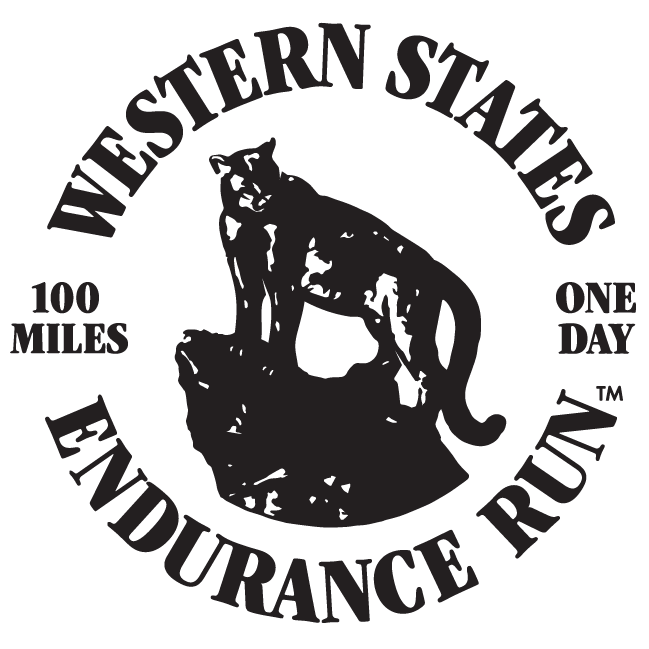The Board of Directors for the Western States Endurance Run has named Dylan Bowman to the board, WSER President Diana Fitzpatrick announced Monday.
Bowman, 35, a three-time finisher at Western States has been an elite-level ultra runner for more than a decade. He is considered an influential voice in the sport, having served as host of one of the sport’s leading podcasts, “The Pyllars Podcast with Dylan Bowman,” which provides insight into ultrarunning, sports, business and the outdoor industry as well as serving as commentator for the live broadcasts provided by Western States and the Ultra-Trail du Mont Blanc (UTMB) over the past year.
“We are incredibly pleased and very excited to have Dylan on our board,” Fitzpatrick said. “In many ways, Dylan represents where the sport of ultra running is today and where it is going in the future. He has long been a passionate advocate for building the sport in the right ways. Dylan clearly understands what our race’s legacy is and he is someone who we believe can help our organization bring that legacy to the next generation.
“Dylan’s perspective and his many talents as a communicator and community builder will help increase the reach of our race and will help us further bridge the digital connection in how we share ideas relevant to our race, how we present and share our race with a worldwide audience, and perhaps most importantly of all, how we can continue making strides in building an even stronger sense of community and inclusion in our sport.”
Bowman, who grew up in Colorado and is a former college lacrosse player, ran his first ultra at age 23 in 2009. Since then, he set the course record at New Zealand’s Tarawera 100K and notched other international victories including Ultra-Trail Mount Fuji and the Ultra-Trail Australia 100K. He is also an accomplished FKT runner, having set the Wonderland (Washington) Trail FKT. This summer Bowman finished second at the Hardrock 100. In addition to his career in communications and digital media, Bowman is a former volunteer coach for the 1,000 Mile Club, a running club for incarcerated men held at the Bay Area’s San Quentin Prison.
Bowman’s appointment came about following the retirement from the board of Mark Falcone. Falcone announced earlier this spring he would be stepping down after serving on the board in a variety of capacities for more than 15 years. In addition to countless hours devoted to stewarding the Western States Trail through trail work, Falcone was one of the few Western States board members to ever also serve on the board of the Tevis Cup horse ride.


